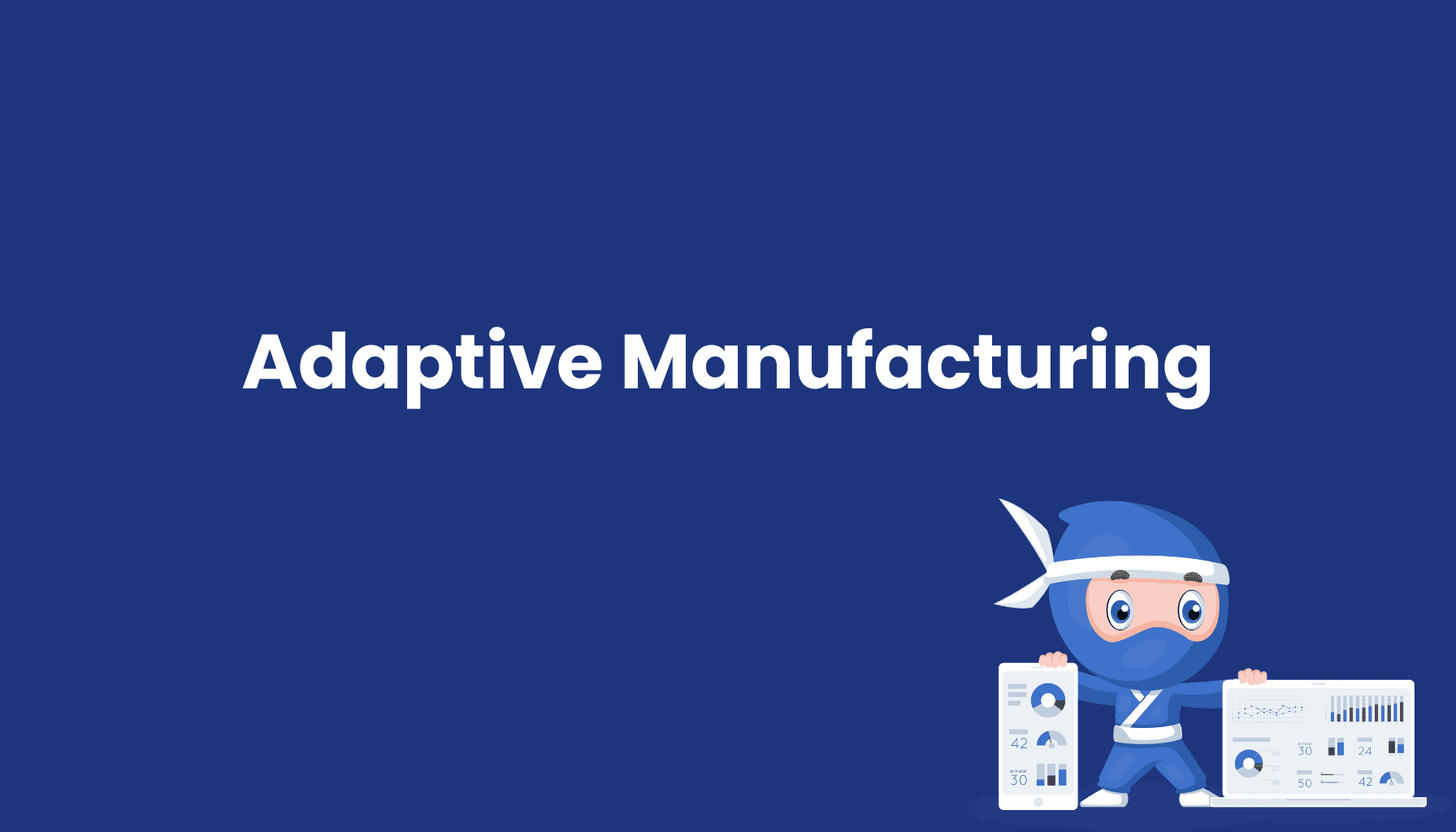Data Mining

What Is Data Mining?
Data Mining is the process of discovering and extracting valuable, previously unknown information from large datasets. In the manufacturing industry, data mining is essential for gaining deeper insights into production data, identifying inefficiencies, and making informed, data-driven decisions. By employing statistical methods, machine learning algorithms, and artificial intelligence (AI) techniques, companies can uncover patterns, trends, and correlations in their data that might otherwise remain hidden.
Steps of Data Mining in Manufacturing
-
Data Preparation: The first step involves collecting, cleaning, and consolidating data from various sources, such as machine logs, quality assurance reports, and production databases. This ensures that the data used for analysis is accurate and consistent.
-
Exploratory Data Analysis (EDA): This phase involves examining the structure of the data to gain initial insights and identify potential patterns. It includes data visualization and statistical testing.
-
Modeling and Evaluation: Data mining algorithms are applied at this stage to develop models that describe the behavior of manufacturing processes or make predictions. Examples include predictive maintenance models or quality prediction systems.
-
Result Interpretation: The final stage involves analyzing and interpreting the results of the modeling to derive actionable business insights. In manufacturing, these insights can be used to optimize production planning, reduce waste, or improve machine performance.
Applications of Data Mining in Manufacturing
Data mining is employed across various aspects of the manufacturing industry to enhance operational efficiency and gain competitive advantages:
-
Quality Control: By analyzing historical production data, companies can identify the root causes of quality issues and implement proactive measures to improve product quality.
-
Predictive Maintenance: Data mining models can predict when machinery is likely to fail, improving maintenance scheduling and reducing unplanned downtime.
-
Supply Chain Optimization: Analyzing supply chain data can reveal patterns and trends that help optimize inventory levels and improve delivery reliability.
-
Energy Consumption Analysis: Data mining can be used to analyze energy consumption within production processes, identifying opportunities for reducing energy use and costs.
Conclusion: Data Mining as a Key to Manufacturing Optimization
Data mining is a powerful tool for manufacturing companies, enabling them to discover hidden patterns and trends in their data, leading to better decision-making and process optimization. By leveraging data mining techniques, companies can improve efficiency, reduce costs, and enhance their competitiveness in an increasingly data-driven market environment.





